Ragusa
This is one of the centres in Val di Noto whose life was overturned by an earthquake in January 1693. It is constructed on limestone rock between two steep valleys and its rebuilding is unique in that it gave life to two urban cores which are quite different from each other: Ragusa in its own right and Ibla, a charming core with a medieval imprint yet still with a Baroque appearance. Its extraordinary attraction arises out of the marriage between Baroque ornamental richness and the labyrinth of medieval narrow streets which very often interweave. Would you like to explore the gems of Val di Noto? Together with professional guides we can organise several package tours for our hosts. For further details write to info@dimoradispartivento.it and ask our concierge.
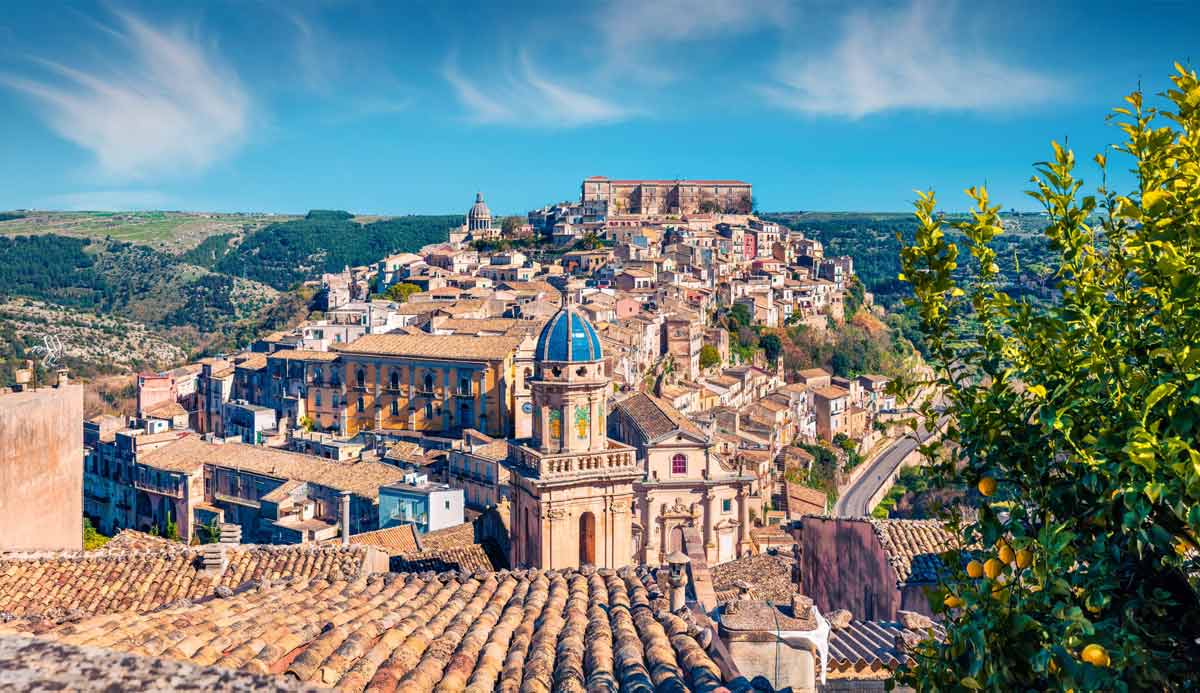
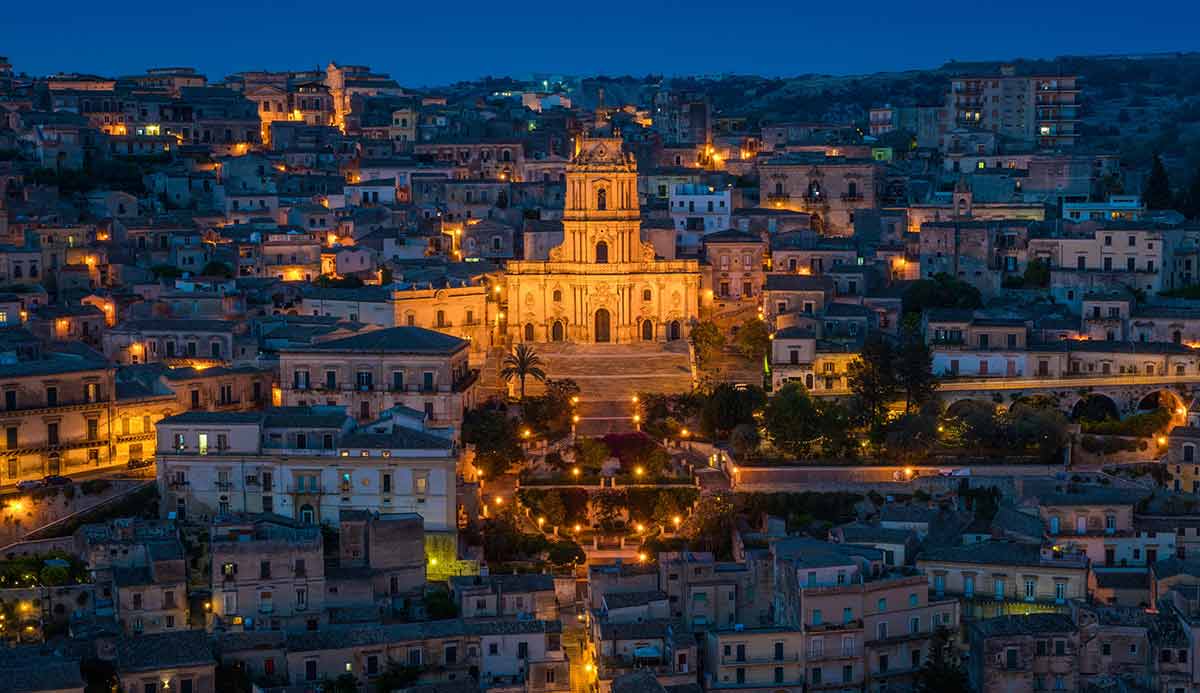
Modica
Modica is a picturesque town almost fully rebuilt in Late Baroque style following the 1693 earthquake. What makes it enchanting is the presence of narrow str eets and lanes replete with shops and shacks or old buildings, which pass on the feeling of a small out-of-date town. It is divided into the upper Modica Alta, with buildings leaning on the mountain side, and the lower Modica Bassa, which instead rises in the valley below which was once traversed by two rivers which have now gone underground. The town typically produces its renowned chocolate, made from an ancient Aztec recipe, and it has definitely been doing so from at least the first decade of the 17th century when Sicily was a dependency of the Kingdom of Spain. Would you like to explore the gems of Val di Noto? Together with professional guides we can organise several package tours for our hosts. For further details write to info@dimoradispartivento.it and ask our concierge.
Comiso
The earliest settlements in the Comiso are date back to Neolithic times. Since 1493, when it was transferred to the ancient noble Naselli family, the fiefdom expanded remarkably, developing small landed property and craftsmanship. Then, after 1600, urban development and population growth underwent a remarkable slowdown, passing through hard times in the plague of 1624 and the earthquake of 1693. Still, the local population garnered great determination and rebuilt the town, possibly making it even more beautiful than it was before, always under the aegis of the Naselli family. Would you like to explore the gems of Val di Noto? Together with professional guides we can organise several package tours for our hosts. For further details write to info@dimoradispartivento.it and ask our concierge.
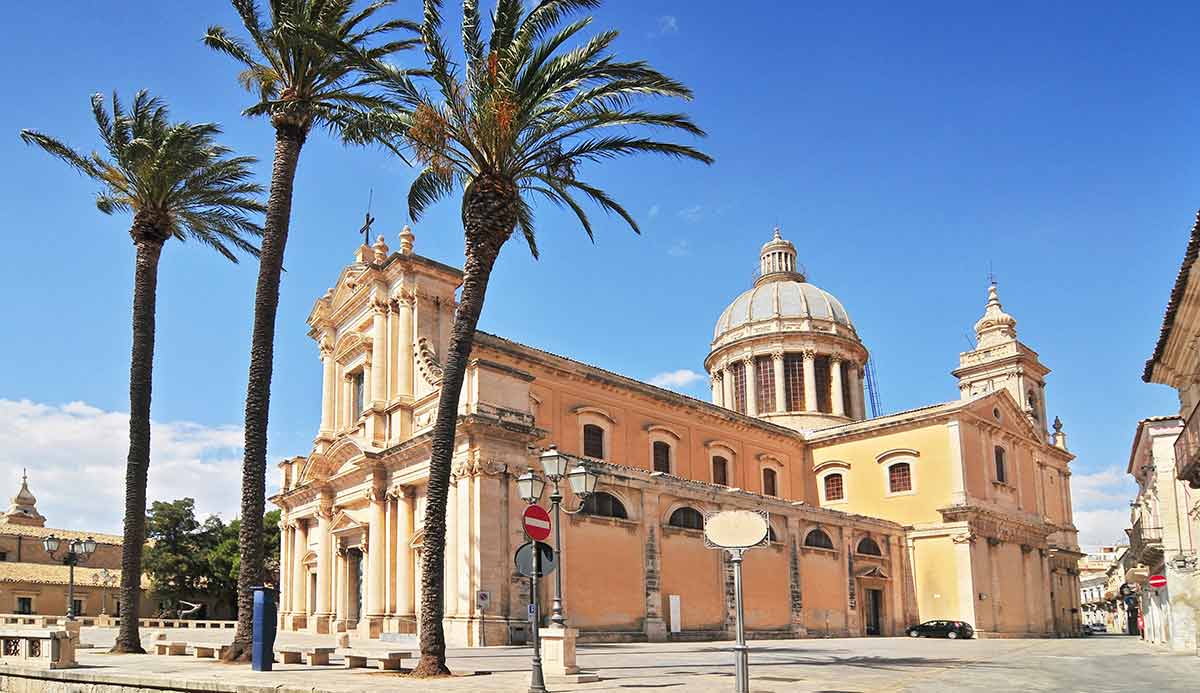
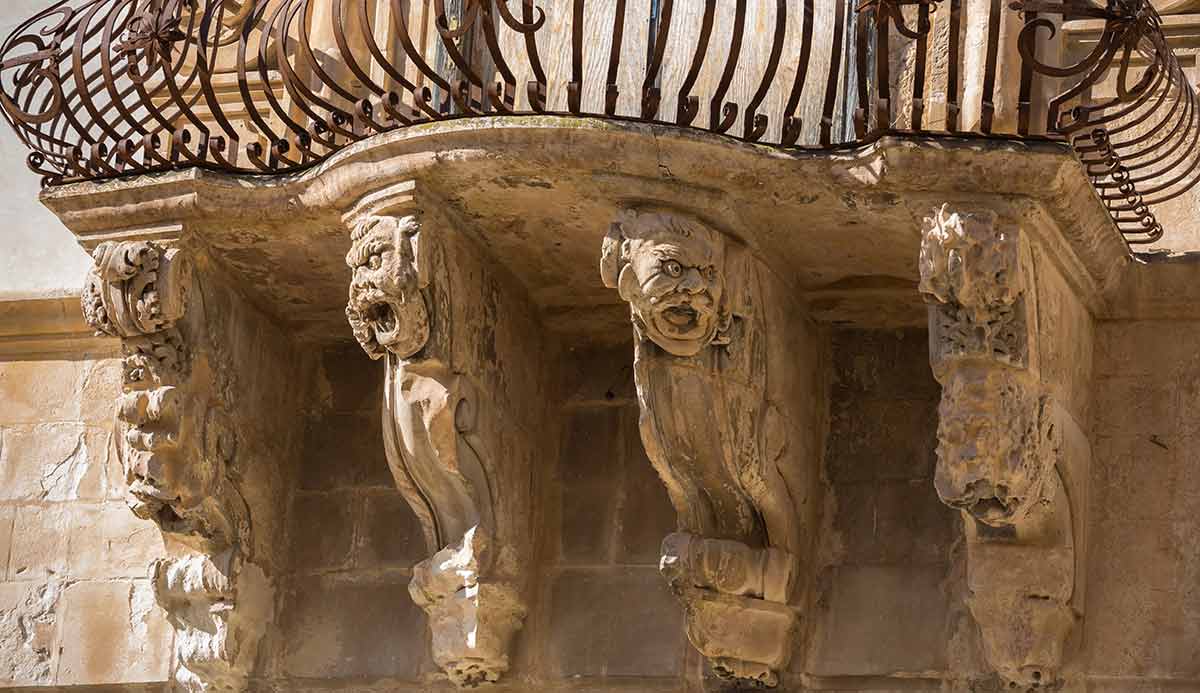
Scicli
It is included in the list of municipalities of Val di Noto which are recognised as World Heritage in UNESCO’s heritage list, and it lies some 15 km away from Modica. The name Scicli is thought to be derived from Siclis, this being one of the styles used to indicate the Siculi, the renowned people of the sea whom the Egyptians called the Sheklesh. Built on the bed of old ravines and surrounded by harsh rocky ridges it is replete with wonderful Baroque buildings, including Beneventano Palace, particularly for its sculpture which characterises its two sumptuously decorated façades, and Fava Palace. Would you like to explore the gems of Val di Noto? Together with professional guides we can organise several package tours for our hosts. For further details write to info@dimoradispartivento.it and ask our concierge.
Caltagirone
It is the pearl of central Sicily renowned the world over for its ceramics and Late Baroque buildings. The municipality enjoys a millenary history as a strategic stronghold controlling the two plains of Gela and Catania, besides being a Roman, Byzantine, Arab and Genoese settlement. Nowadays, Caltagirone lives and prospers on tourism and by virtue of its refined ceramics, a tradition dating back to the times of Magna Grecia. Besides the renowned Stairway of Santa Maria del Monte, among villas, churches and ancient palaces, it will be totally up to you what to see first. It forms part of the Val di Noto, which was declared a UNESCO World Heritage. Would you like to explore the gems of Val di Noto? Together with professional guides we can organise several package tours for our hosts. For further details write to info@dimoradispartivento.it and ask our concierge
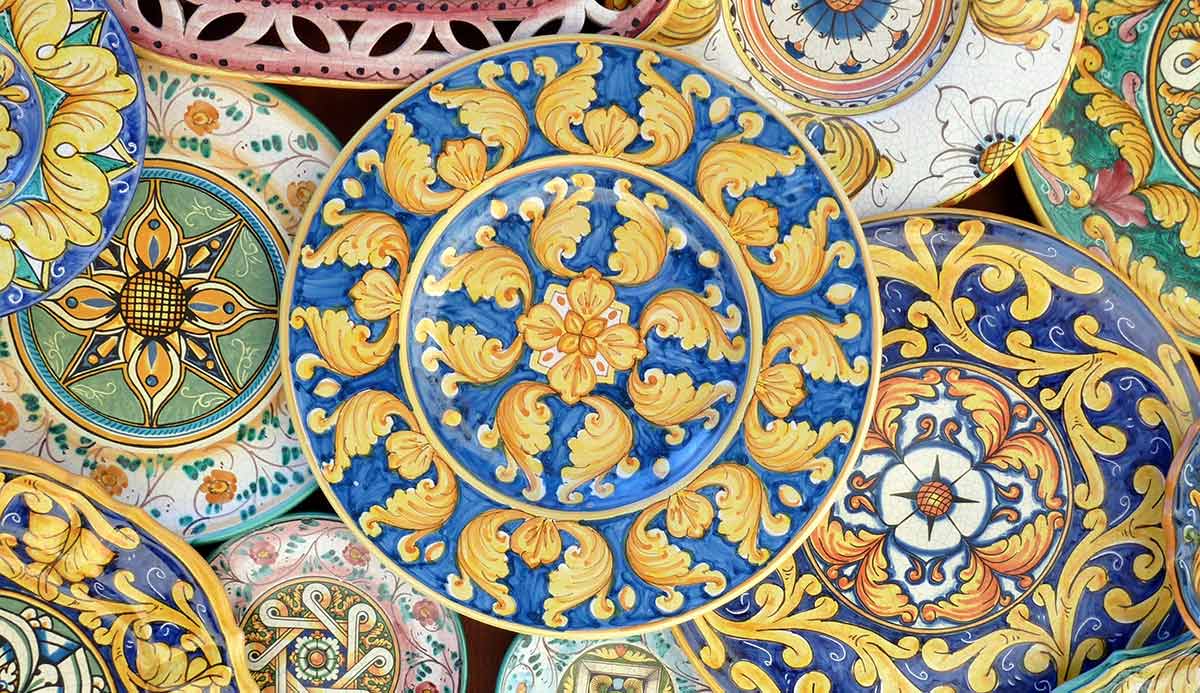
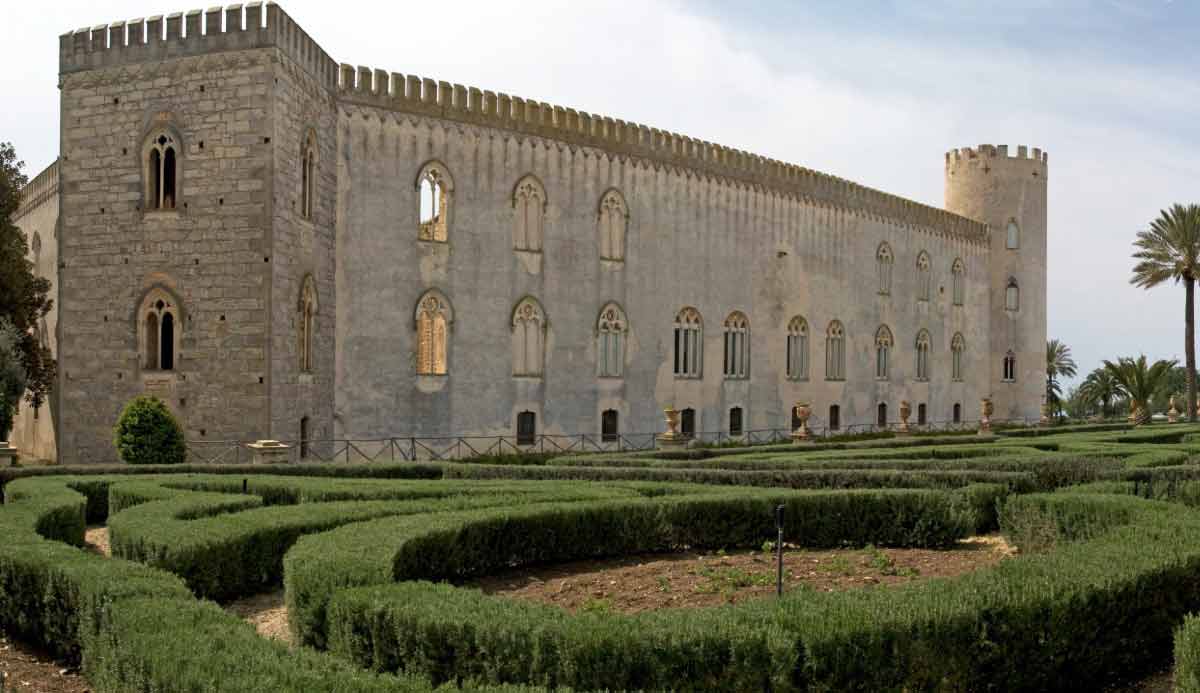
Castello di Donnafugata
Sited some 20 km to the west of Ragusa, it is a 19th century castle built on the remains of a previous 17th century building. Having been recently restored, it is characterised by a Gothic flowery style and rests over small hills, featuring the olive groves and typical drystone walls of the area, looking out over the faraway sea. Of specific interest is the surrounding garden, with its Tea House character, small temple and a particular stone labyrinth. Would you like to explore the gems of Val di Noto? Together with professional guides we can organise several package tours for our hosts. For further details write to info@dimoradispartivento.it and ask our concierge.
Marina di Ragusa, Punta secca, Donnalucata, Sampieri
Eighty kilometres of shoreline intercalate between very long stretches of sand and rocky ranges interspersed with small beaches. They are mostly free beaches featuring dunes and the native Mediterranean brush. Yet who is looking for comfort will not miss the chance to choose: the several hamlets lining the coastline are all provided with equipped beaches. Four of them in particular (Marina di Ragusa, Pozzallo, Ciricà, Santa Maria del Focallo) have been awarded the Blue Flag in recognition of the high quality of services they offer. We have chosen for our clients some bathing facilities suitable for different needs. Would you like to book any or obtain further information? For further details write to info@dimoradispartivento.it and ask our concierge.
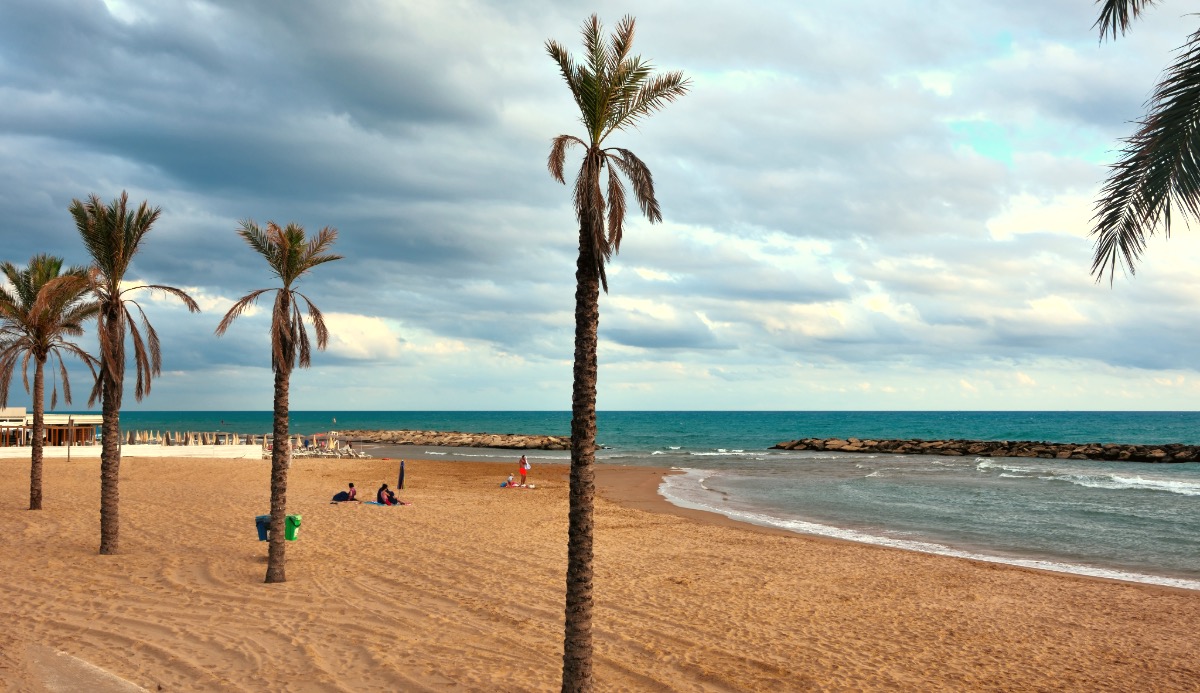
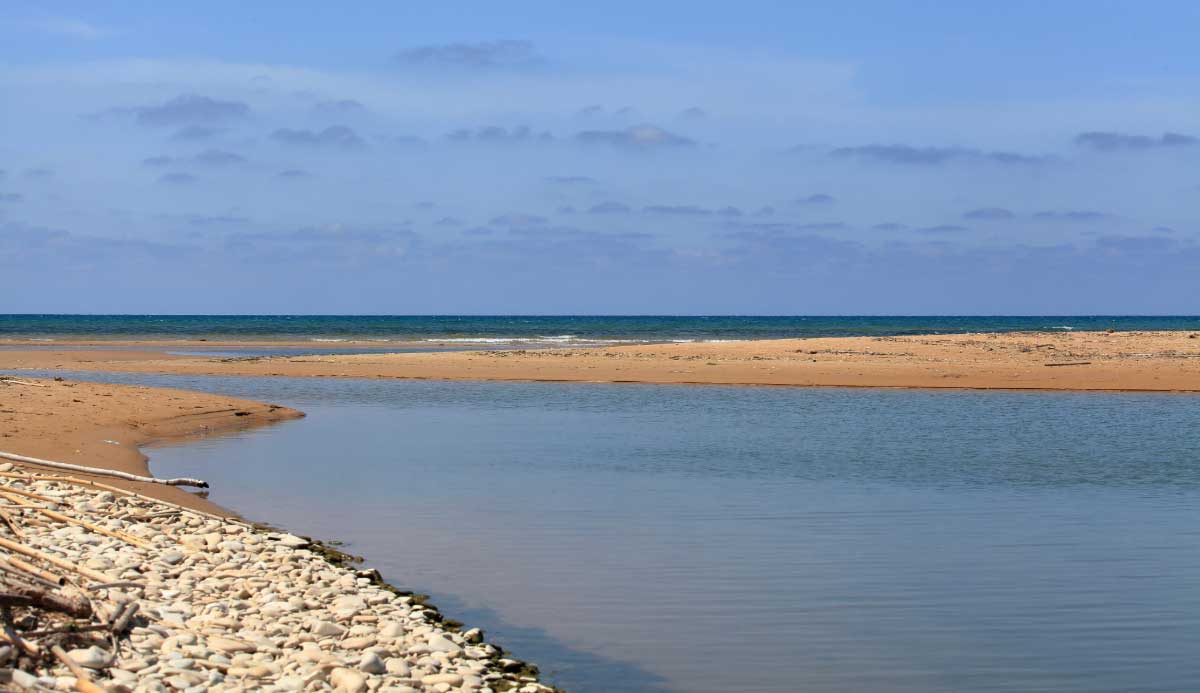
Parks and natural reserves
It is not only Baroque style and beaches you will see. The surroundings of Ragusa offer nature lovers with enchanting places, which are often less known: the Forest Brush Reserve of River Irmino, the Aleppo Pine Natural Reserve and the Ispica Caves among many others. The first two, owing their name to the main plantation featuring within them, form the favourite abode of many birds, including the marsh harrier, the moorhen, the grey heron and the mallard. The Ispica Caves, being immersed in the native plantation of Mediterranean brush, are the guardians of prehistoric burial grounds, Christian catacombs, rock site oratories, monks’ hermitages and dwelling units of various construct. Do you like nature and would like to explore our reserves? Together with Hyblea Birding, we have chosen several bird watching and exploration routes, suitable for different needs. For further details write to info@dimoradispartivento.it and ask our concierge.
